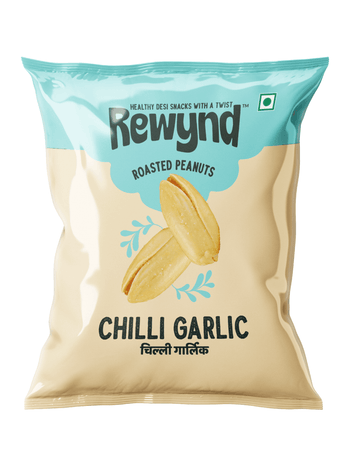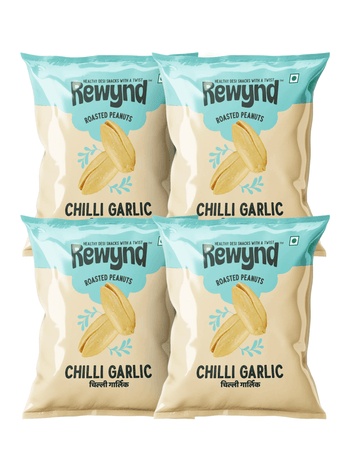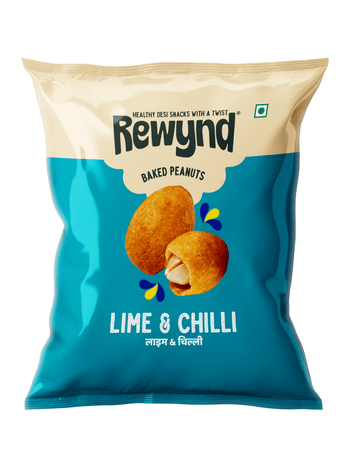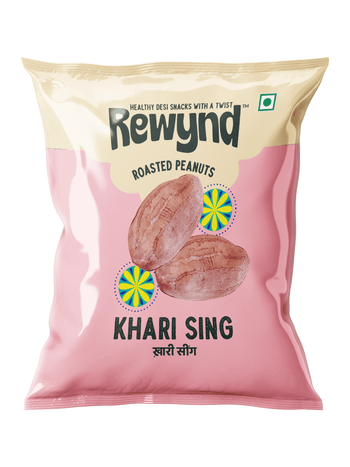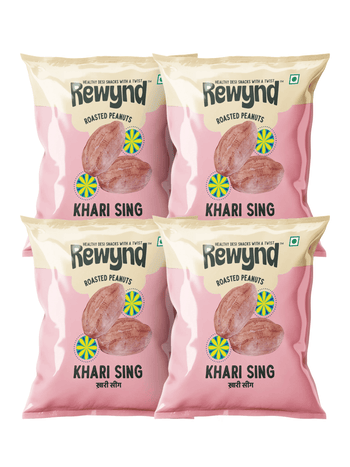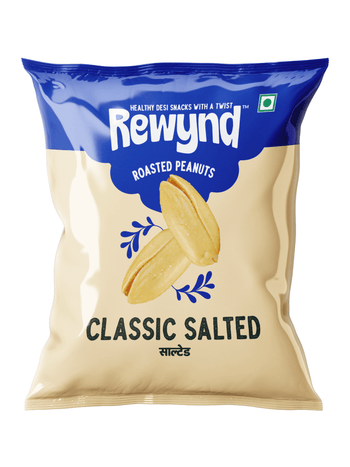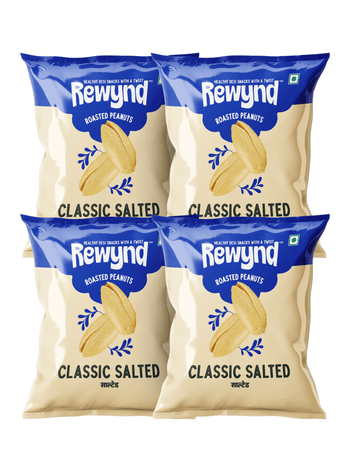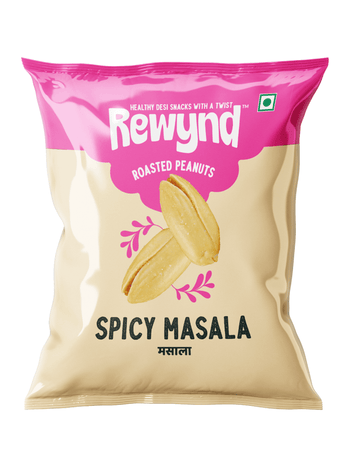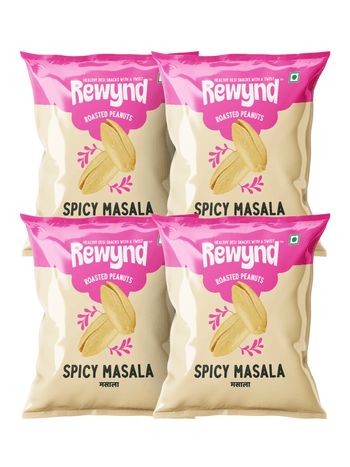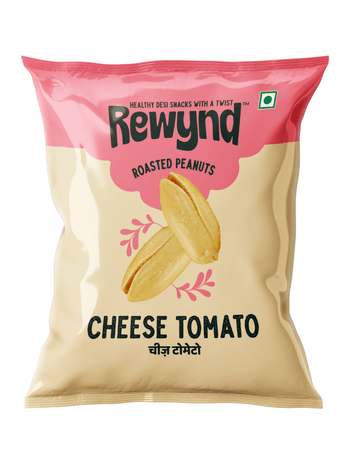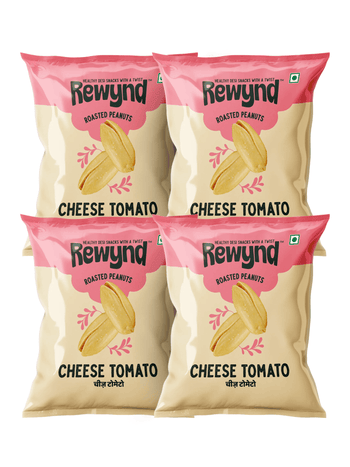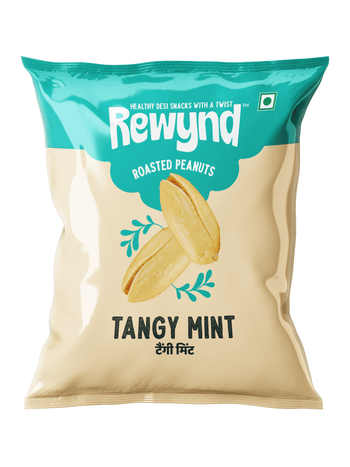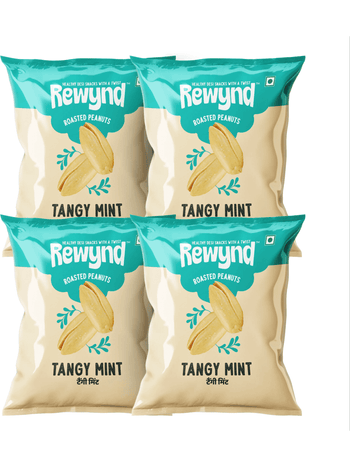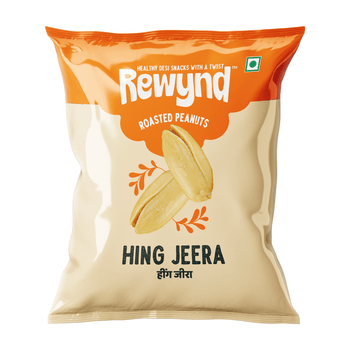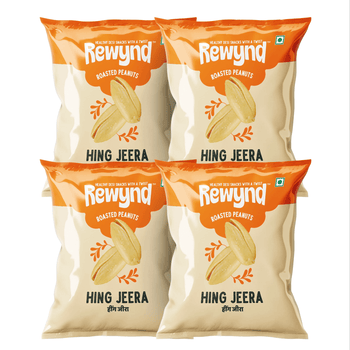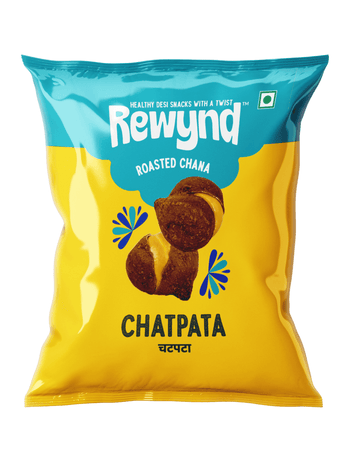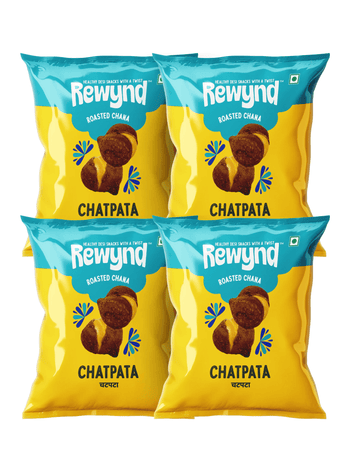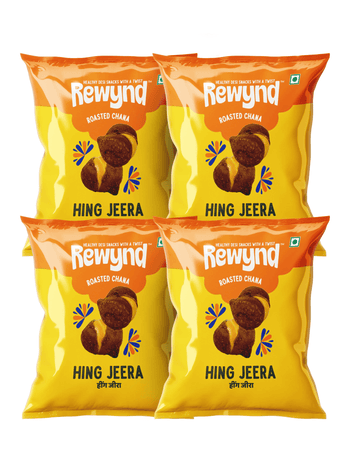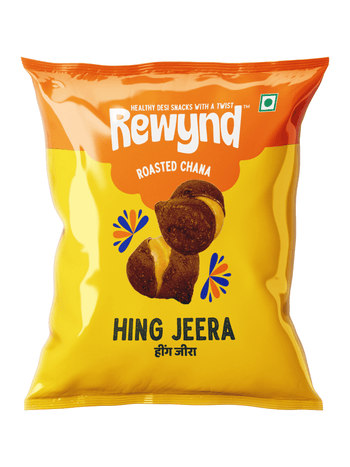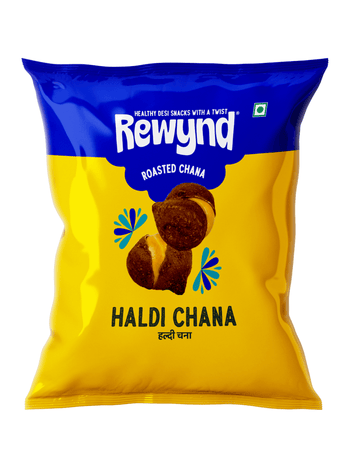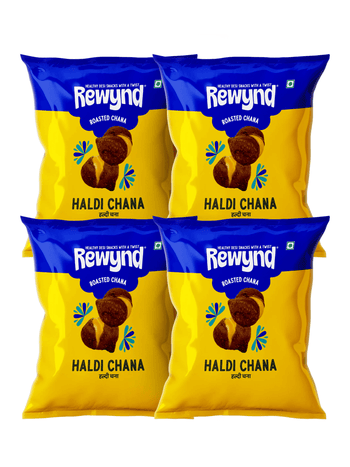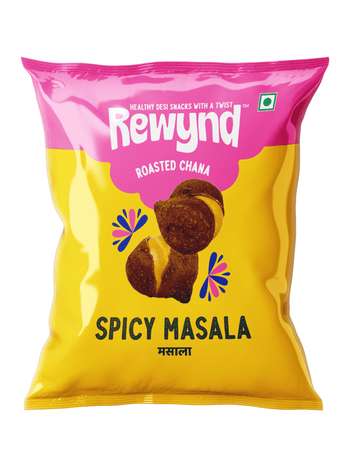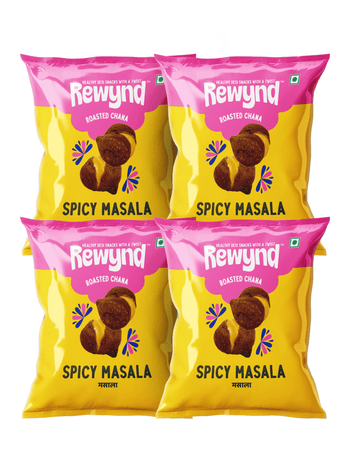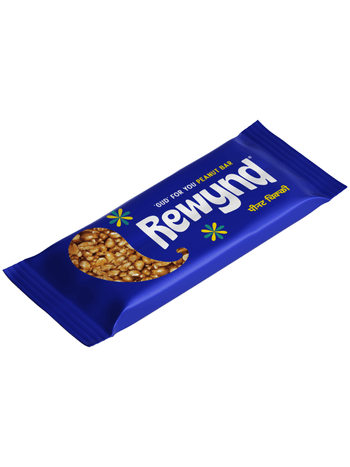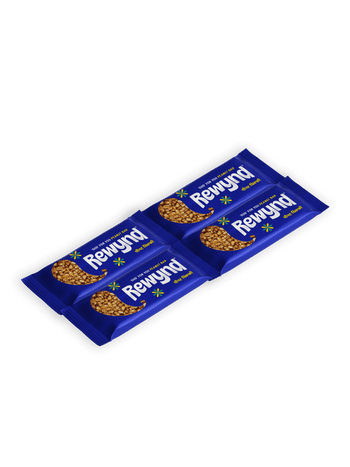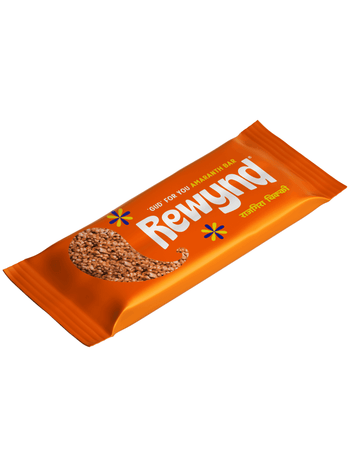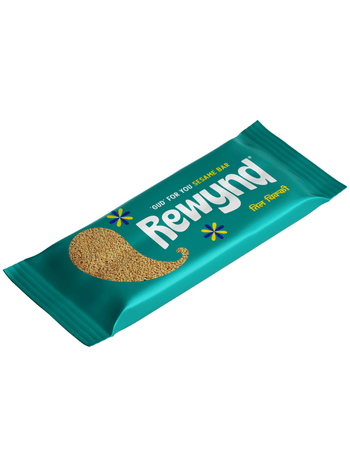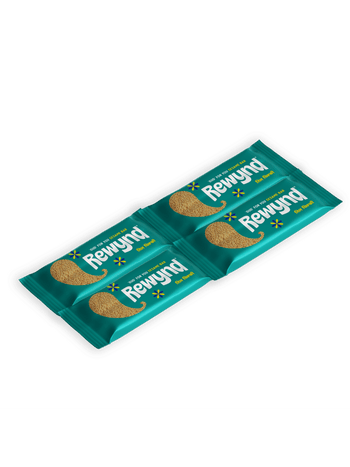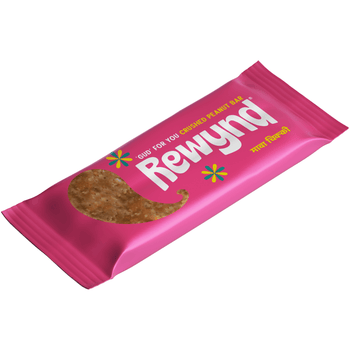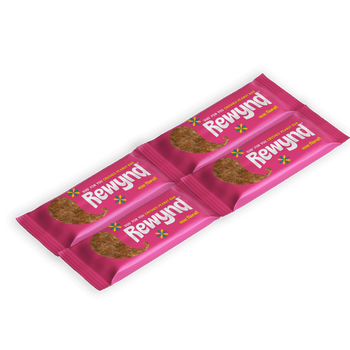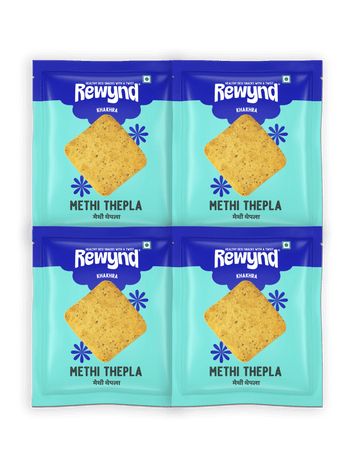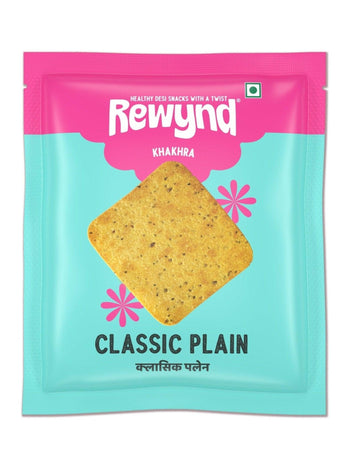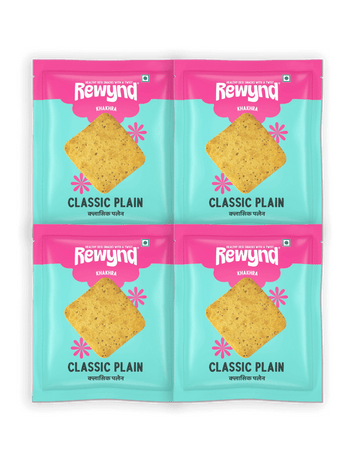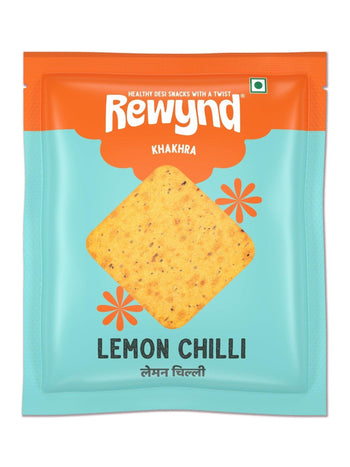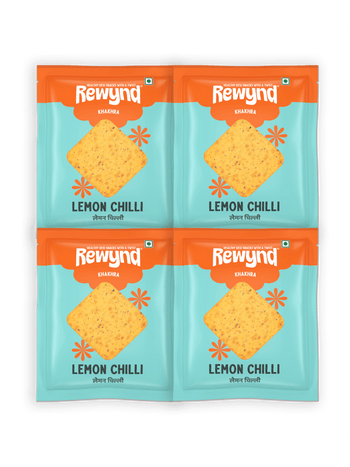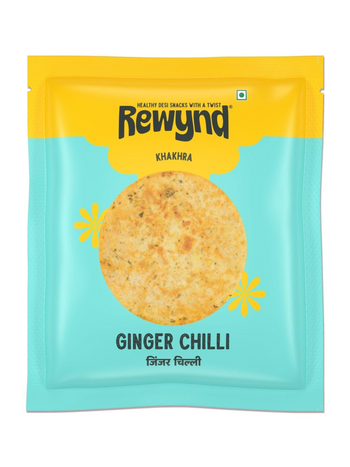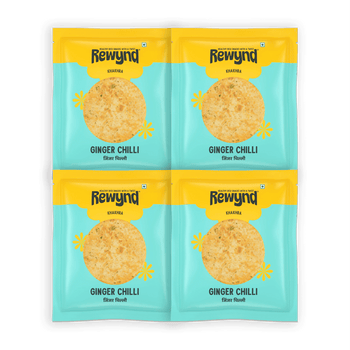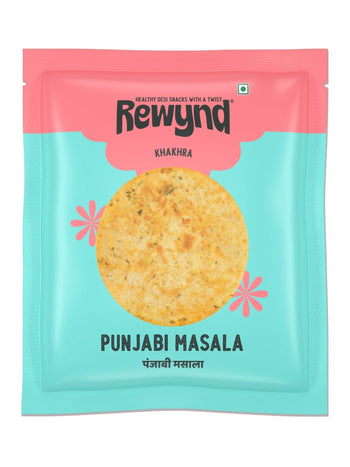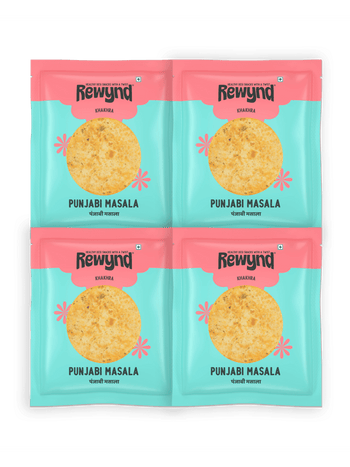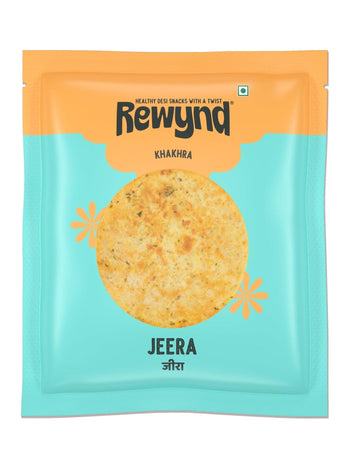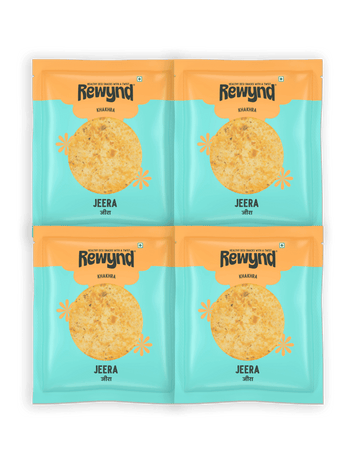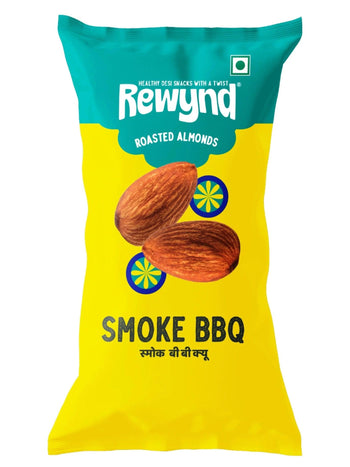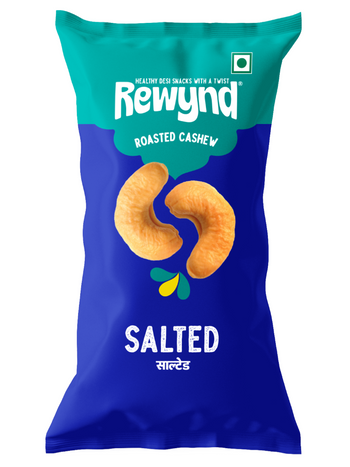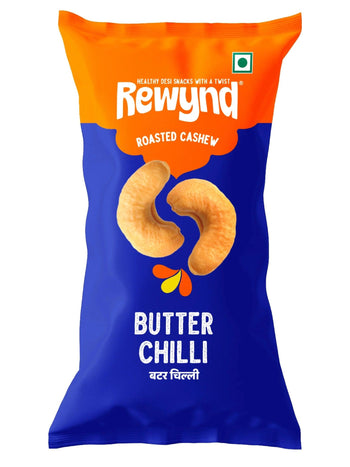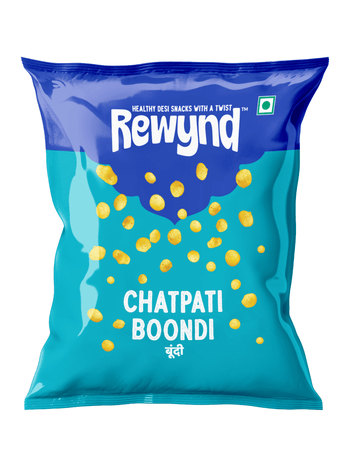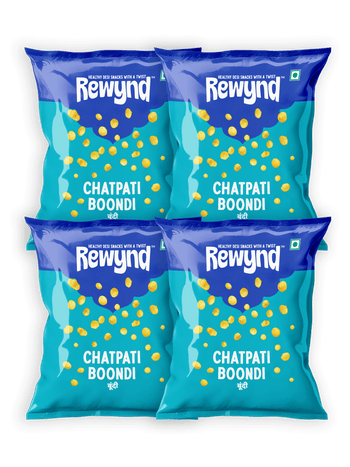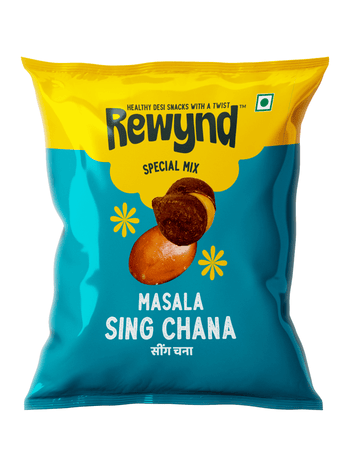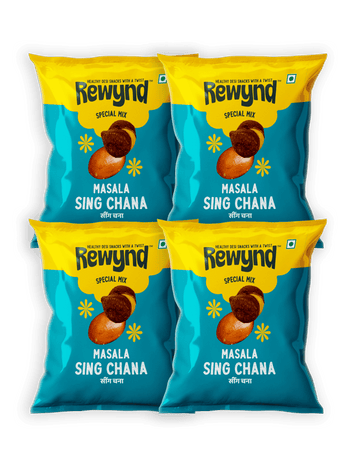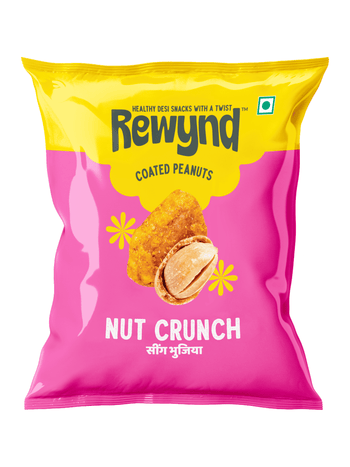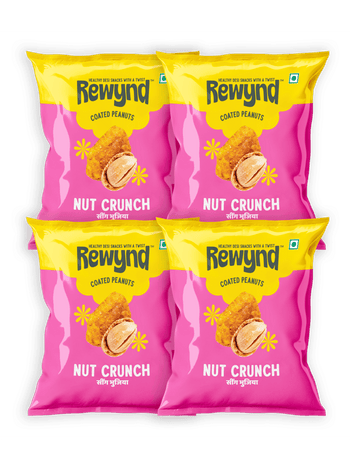Let's Rewynd a bit.
Have you ever noticed how some snacks give you a quick sugar rush, only to be followed by a crash? The culprit often lies in their glycemic index (GI) – a measure of how quickly foods raise your blood sugar.
What is the Glycemic Index (GI)?
The glycemic index is a scale ranging from 1 to 100 that ranks carbohydrate-containing foods by their ability to rapidly raise blood glucose levels. Pure glucose tops the chart at 100, while foods with no carbohydrates (such as meat or fats) have a GI of 0. In practical terms, GI categorises foods into three groups:
Low GI foods: GI under 55 (slowly raises blood sugar)
Medium GI foods: GI 55–69 (moderate effect on blood sugar)
High GI foods: GI 70+ (cause quick, high spikes in blood sugar)
Health Benefits of a Low GI Diet
Choosing low glycemic foods isn't just about blood sugar – it comes with lots of health benefits:
-
Better blood sugar control: A low GI diet helps maintain stable blood glucose levels, benefiting those with diabetes or insulin resistance. Research indicates that it can lower HbA1c and improve glycemic control in patients with type 2 diabetes.
-
Weight management and satiety: Low GI foods keep you fuller longer by digesting slowly, which helps curb hunger and reduce cravings. Swapping high-GI carbs for low-GI options can aid in weight loss and promote a healthier weight, lowering the risk of obesity.
-
Stable energy levels and mood: Feeling hungry after a sugar crash? Low GI eating helps prevent rapid blood sugar swings, which can reduce fatigue and irritability. It offers a slower release of glucose, providing stable energy, which can help improve concentration and mood.
Of course, no single factor guarantees perfect health. However, incorporating low-GI foods into a balanced diet can be a wise strategy to improve metabolic health and overall well-being.
Fun fact: Glycemic load (GL) is another concept that considers portion size in addition to GI. For example, watermelon has a high GI (~72–80), but a typical serving has very few carbs, so its impact (GL) is low. This means you shouldn't judge a food's health solely on its GI value – portion size and overall nutritional value matter, too.
Low GI Foods List (with Glycemic Index values)
Low GI foods come from many food groups – whole grains, legumes, fruits, vegetables, dairy, and nuts – all of which can have a place on your plate. Below is a list of common low glycemic foods and their approximate GI values:
Foods & their Glycemic Index (GI)
Barley (pearled): 28 GI – Ultra-low for a grain, thanks to high fiber (beta-glucan).
Chickpeas (boiled): 28 GI – High in protein and fiber, great for keeping blood sugar steady.
Lentils (green, boiled): 22 GI – One of the lowest GI legumes; packed with protein and iron.
Kidney Beans (boiled): 23 GI – Low GI and rich in fiber; helps add bulk to meals without spiking sugar.
Carrots (raw): 16 GI – Surprisingly low GI (when raw). Crunchy and perfect for dips. (Cooking can raise this a bit.)
Apple (fresh): 36 GI – Most whole fruits, like apples, rank low due to fructose and fiber.
Orange (fresh): 35 GI – Another example of a low GI fruit loaded with vitamin C.
Milk (skim or semi-skim): 34 GI – Dairy's combo of lactose (milk sugar) and protein gives it a low GI.
Peanuts (dry roasted): 14 GI – Extremely low GI! Nuts and seeds are mostly healthy fats/protein, causing minimal blood sugar impact.
Sweet Potato (boiled): 44 GI – A nutrient-rich carb that's lower GI than its cousin, the white Potato.
GI values are approximate averages; the actual number can vary depending on the variety and preparation method.
Source: https://glycemic-index.net/low-glycemic-index-foods/
Note: Cooking and processing can affect a food's glycemic index (GI). For example, boiled sweet potatoes have a low GI of ~44, but baking or frying them increases the GI. Another example is that of an orange GI of ~35 versus an orange juice GI of ~45 due to fibre slowing sugar absorption.
Tips for Following a Low Glycemic Diet
Choose whole grains over refined carbohydrates: Swap white rice and white bread for whole-grain alternatives, such as barley, quinoa, or brown rice, and opt for whole-grain bread instead. These options contain more fiber and typically have a lower GI. For example, try a whole-grain barley soup or salad – barley's GI of 28 is one of the lowest among grains.
Load up on fiber and protein: Remember that adding protein or healthy fats can lower the overall GI of a meal. Pair your carbohydrates with protein or fibre-rich veggies. For instance, if you're having a piece of fruit, enjoy it with a handful of nuts.
Include legumes and veggies in meals: Beans, lentils, and chickpeas are your friends. Use beans or lentils in place of some refined carbs – think bean salads, lentil stews, chickpea curry, or swapping half your pasta for boiled chickpeas. These foods are not only low GI (many with a value under 30) but also packed with essential nutrients.
Snack smart (low GI snacks): Instead of pastries, candy, or chips (which are high GI and often low in nutrition), opt for options that contain protein, healthy fats, or fibre. Great low-GI snacks include unsalted nuts, seeds, fresh fruit (such as berries or orange slices) with yoghurt or nut butter, raw veggies with dip (like carrot or cucumber sticks with hummus), or even a small piece of dark chocolate (70%+ cocoa) for a treat.
Rewynd's low-GI snacks: For instance, swap a high-GI fried snack for a handful of Rewynd's roasted chana (chickpeas) or masala peanuts – both are authentic, protein-rich snacks with low glycemic impact. These treats satisfy cravings more healthily, as peanuts have a GI of ~14 and roasted chickpeas around 28, which is far gentler on blood sugar than chips or cookies.
Mind your portions (glycemic load): Even low-glycemic foods can affect blood sugar if you consume a significant amount. It's here the concept of glycemic load (GL) comes in – essentially GI multiplied by the amount of carbs. So, enjoy fruits, whole grains, and other carbs in sensible portions.
Don't eliminate all high-GI foods, but balance them: A low-GI diet doesn't mean an all-or-nothing approach. You can still enjoy some higher-GI healthy foods – just be mindful. If you plan to indulge in a high-GI item, try pairing it with low-GI foods.
Be aware of "hidden" sugar spikers: Some foods might surprise you. For instance, certain breakfast cereals or processed foods labelled "healthy" can have high GIs (and contain a lot of added sugar). Additionally, fruit juices and sweet drinks can cause quick spikes; an orange is better than orange juice, and water or unsweetened tea is the best option.
Conclusion
Adopting a low-glycemic index diet is a smart way to nourish your body without experiencing the blood sugar rollercoaster. By focusing on low-GI foods – including whole grains, legumes, fruits, vegetables, and nuts – you equip yourself with longer-lasting energy, improved health markers, and even a happier mood. Remember that balance is key: pair carbs with protein or fiber, watch portions and don't stress over an occasional treat.



